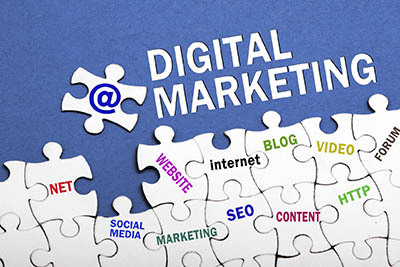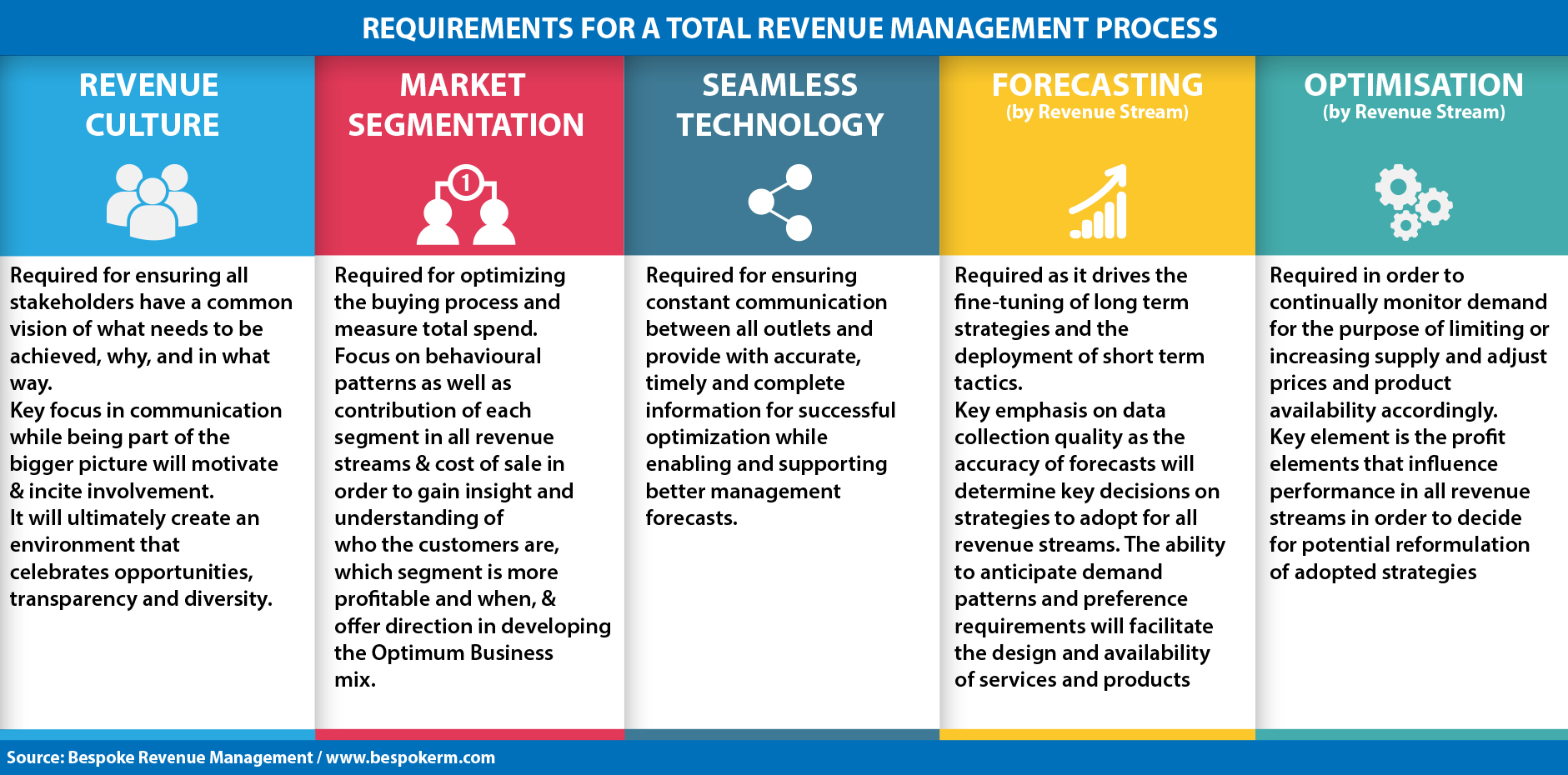While writing extensively on Total Revenue Management over the last months, there is one subject that always felt germane and inseparable from the efforts of any Revenue Management professional to levitate their roles and acquire the commercial status that is the natural progression for this key business focused position. That subject is Emotional Intelligence and it provides the means to balance personal and social skills and bridges the gap to attaining the desired leadership status.
As we’ve discussed by now, today’s revenue managers have to deal with a lot more than just systems, rate management and reporting. More than analytical skills, revenue managers need to possess communication skills, leadership skills, and they also have to strive to be influential and motivational.
This is where emotional intelligence plays a central role in the career of a revenue manager. If a person in such a position is incapable of being empathic about the challenges of others, and if they’re unable to convey how valuable they are & the importance of their contribution, then they’re at risk of failing to help others unleash their full potential, which directly affects their success and the performance of the hotel business as a whole.
To understand Emotional Quotient or Emotional Intelligence, let’s dive deeper into the subject and see why it’s so vital for revenue managers to develop this essential skill.
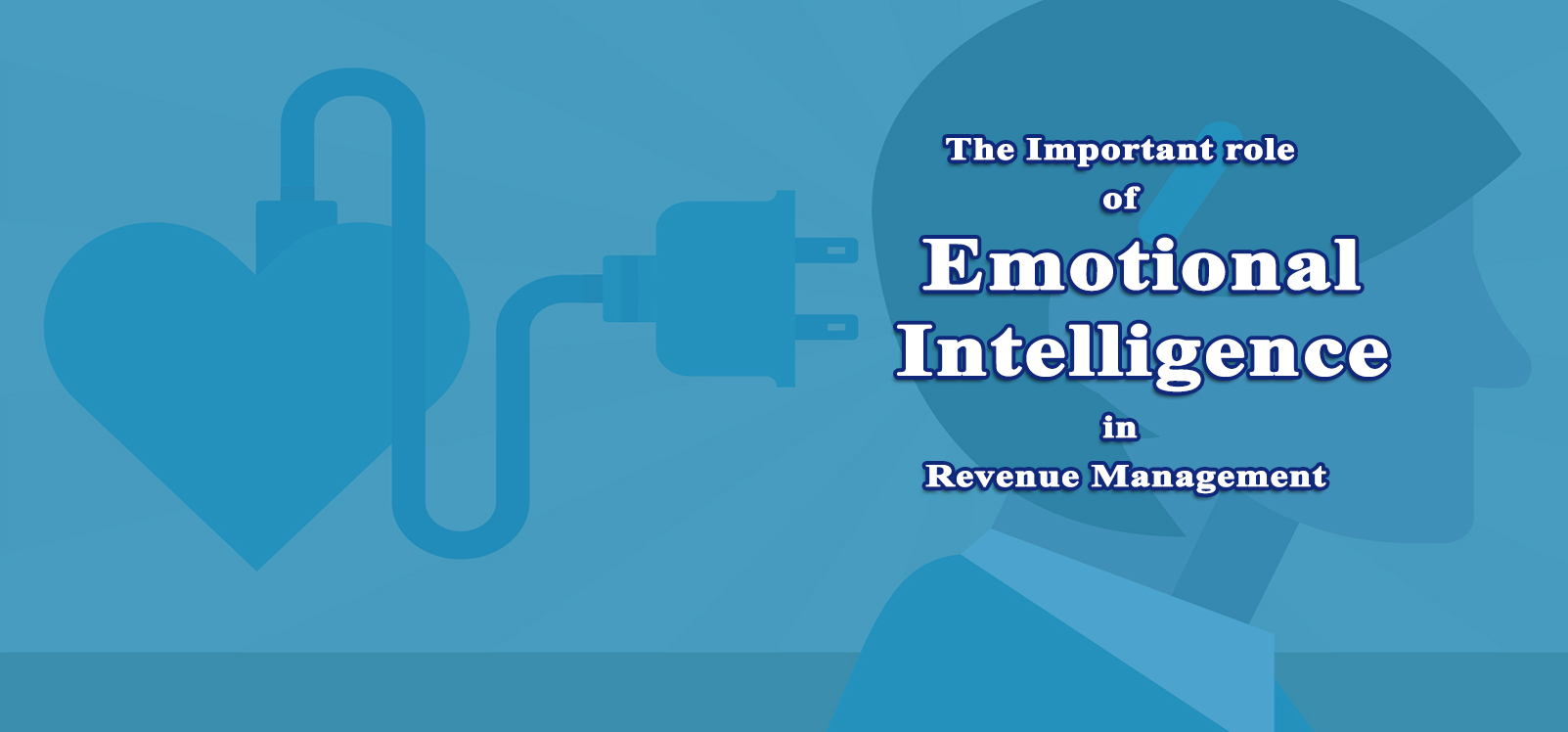
What Exactly Is Emotional Quotient/Intelligence?
Emotional Quotient, most commonly known as Emotional Intelligence, also referred to as Emotional Intelligence Quotient, in its simplest terms, is the ability that individuals have to both recognise their own emotions and those of others.
It’s also the ability to differentiate and label feelings correctly, to use this emotional information to guide both thinking and behaviour, and to manage emotions so they don’t become a hindrance in achieving our goals.
Emotional Intelligence and empathy are terms that are often used interchangeably, and even though empathy is a big part of EI, EI is a lot more than just being able to relate to other human beings or to connect one’s own personal experiences to those of others to understand their position at any given time.
Emotional Intelligence encompasses self-awareness, self-regulation, motivation, empathy, and social skills. These five essential pillars of emotional intelligence are what make it so vital for people in positions of leadership.
Studies have shown that people with greater EI enjoy better mental health, they often show high job performance, and they possess great leadership skills.
Daniel Goleman, author and science journalist, gave EI its popularity in 1995 by writing a book about it, and it’s him who indicates that Emotional Intelligence as a whole accounts for 67% of the abilities that are considered to be necessary for leaders, which in fact matters more than technical expertise and even IQ.
Characteristics of A Leader with High Emotional Intelligence
The emotionally intelligent Revenue Manager will stand out among others because they practice the five pillars of EI that I mentioned above, so let’s look at each of them in turn and explore other important characteristics.
Self-awareness is one of the most important characteristics of the intelligent leader and it involves being aware of one’s own strengths and weaknesses, and understanding one’s own journey. This will allow them to shape their path while guiding others along the way.
Self-regulation goes hand in hand with self-awareness and it’s all about weighing your words before speaking. A good leader is always able to do this because he recognizes the impact he has on others. Because of this, they recognise the importance and the impact of words, which allows them to use them in a positive way.
Emotionally intelligent leaders also seem unable to lose motivation. They always strive and work towards their goals in a consistent and resilient way. This sort of behaviour has a contagious effect on others, which is why this kind of leader is often so successful at leading by example. This is a crucial element when we consider the competiveness of the hotel industry. Strategies and tactics need thorough and constant evaluation to reflect changes and any deviations need to be seen as a motivating factor and an opportunity to adapt and evolve, rather than failure.
Empathy is yet another essential trait, and it’s the ability of putting oneself in someone else’s shoes, which is what a successful leader should always be able to do. This leads to healthy social skills, which allow leaders to build a rapport with others and to communicate efficiently. The daily operations in Revenue Management can impact and influence decisions in other departments such as Sales, Marketing etc. A highly emotionally intelligent Revenue leader needs to comprehend the effect their decisions have in order to communicate them effectively while anticipating resistance will enable them in proactively resolving possible conflicts.
Another vital characteristic of the emotionally intelligent leader is that they are able to balance their work and their personal life. They recognize the importance of taking care of themselves, and they also encourage employees and colleagues to do the same.
This type of leader is also capable of putting setbacks into perspective in order to deal with them accordingly and appropriately. Emotionally intelligent leaders recognize the learning and improvement opportunities that lie within failures and disappointments. They engage with constructive criticism in order to learn from the experience and then move on to the next task.
Leaders with high EI are better at being fair, both to themselves and to others. They recognize value in others, and they judge employees objectively, which prevents an unbalanced workplace morale.
Assertiveness is another of the main traits of emotionally intelligent leaders. They can balance the need for respect with the need to voice their opinions and points of view in such a way that they share what they deem important without feeling embarrassed or attacked if they’re met with opposition.
Leaders with low Emotional Intelligence can be easily overwhelmed by trivial matters and they are not the best managers of time and personal energy, as they tend to devote it all to small battles.
An emotionally intelligent leader effectively recognizes that micromanaging is a big distraction and that there are better ways of achieving long-term business goals.
These are only a few of the most important characteristics that usually define the emotional intelligent leader. Much more can be said about the great qualities of emotionally intelligent individuals in general, but these are the most notable and essential traits from which we can learn quite a bit.
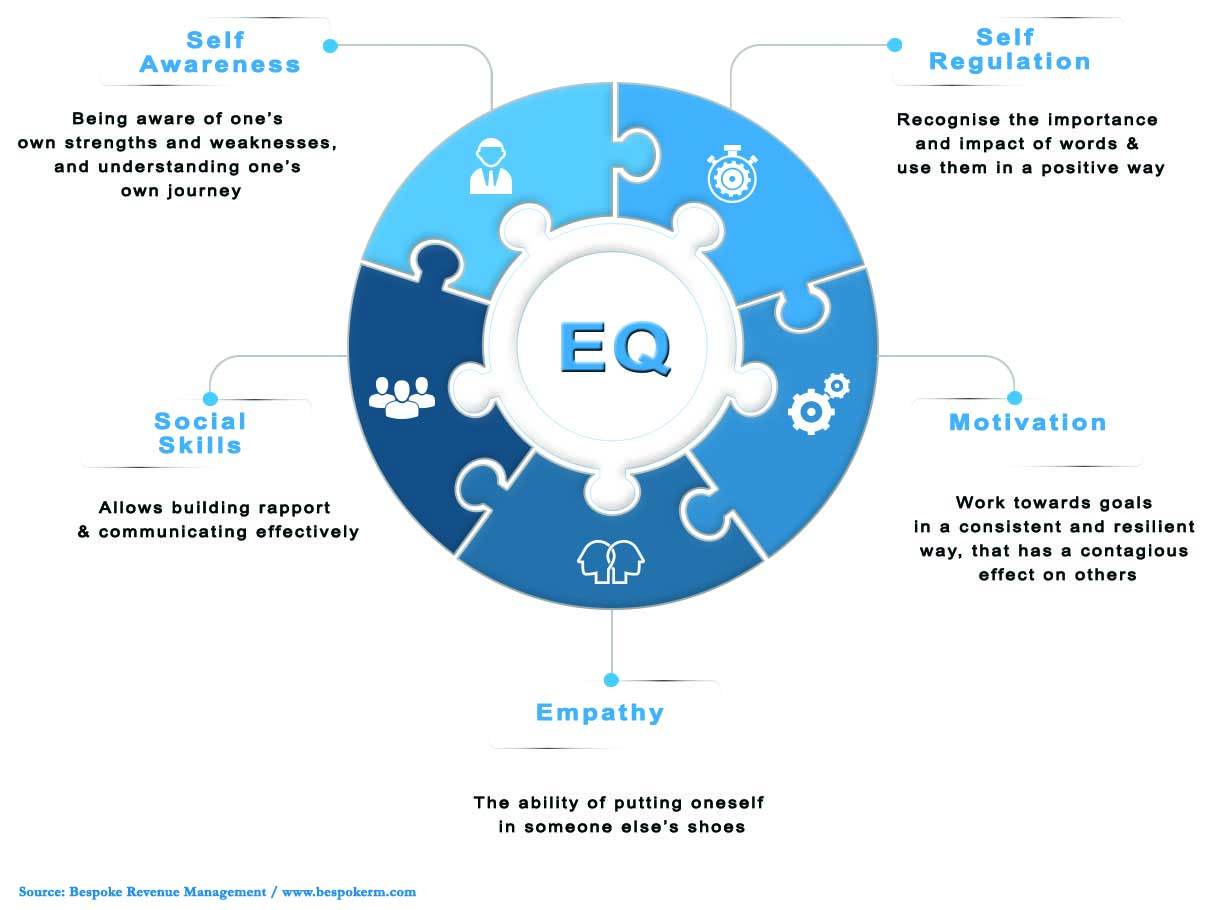
Why Is Emotional Intelligence Relevant to a Revenue Manager?
If we consider the characteristics of emotionally intelligent leaders, every single one of them is relevant to revenue managers because each one represents a strength that can help them do their job better and generate higher revenues.
Managers who are emotionally intelligent really do make a difference in both outcome and attitude of every employee under their leadership. This, in turn, makes employee profit performance grow exponentially.
This is due to the fact that emotional intelligence allows revenue managers to solve conflicts in a constructive manner, and to establish a relationship of cooperation and trust among team members.
What’s more, such leaders use communication so effectively, that the team runs like a well-oiled machine; motivated and energised to perform their tasks to the best of their ability.
Employees under this kind of constructive and effective leadership often feel like their contributions matter and that their work is valued, which leads them to go above and beyond their duties.
The combination of all these factors has an incredibly positive effect on a company’s performance and success because it creates a workplace environment where everyone works together and is collectively motivated to achieve the same goals.
Ways to Increase Emotional Intelligence
Now that we have established how important EQ is for everyone in a leadership position, let’s see how we can increase our emotional intelligence and become better, more assertive people.
Being capable of understanding one’s own emotions is essential because this is what makes it possible for us to manage them accordingly. This may seem difficult, but the only thing you need to do to start understanding your feelings is to be aware of them. Take a moment to think about how you’re feeling at any given moment and try to trace the feeling to its roots.
We often tend to dismiss our feelings too quickly because sometimes they seem to be in the way, but the truth is that they’re more of a tool than a hindrance.
Understanding our emotions leads us to managing them. One of the great qualities of emotionally intelligent leaders is that they are able to pause whenever they’re feeling an intense emotion, whether positive or negative, and think before acting on it.
Of course, managing emotions can be particularly challenging for certain people, but the trick is to learn how to take a moment by shifting your emotional state whenever necessary. To do that, you can take a walk, do breathing exercises, vent to someone, listen to music, or anything else that can help you regain composure.
Managing emotions is also about correcting, so the goal is to learn how to give your feelings their place so that they don’t get in the way of your decision-making process. That’s why introspection is so important and it serves to ask questions to yourself in order to clarify and understand your emotions.
Last but not least, empathy is an essential part of EQ, so it’s important that we strive to make it stronger within ourselves. Understanding your own feelings makes it possible for you to put yourself in someone else’s shoes whenever you need to, but that’s not all it takes. You must also be open to interact with others and you must work on both your listening skills and your communication skills because they will guarantee honest exchanges that will help you grow as a person and a leader.
These are just a few of the exercises that you should integrate into your daily life to start maximizing your emotional intelligence. Practice conscious self-awareness and introspection, and you will see that your ability to manage your emotions and put them into use will increase exponentially.


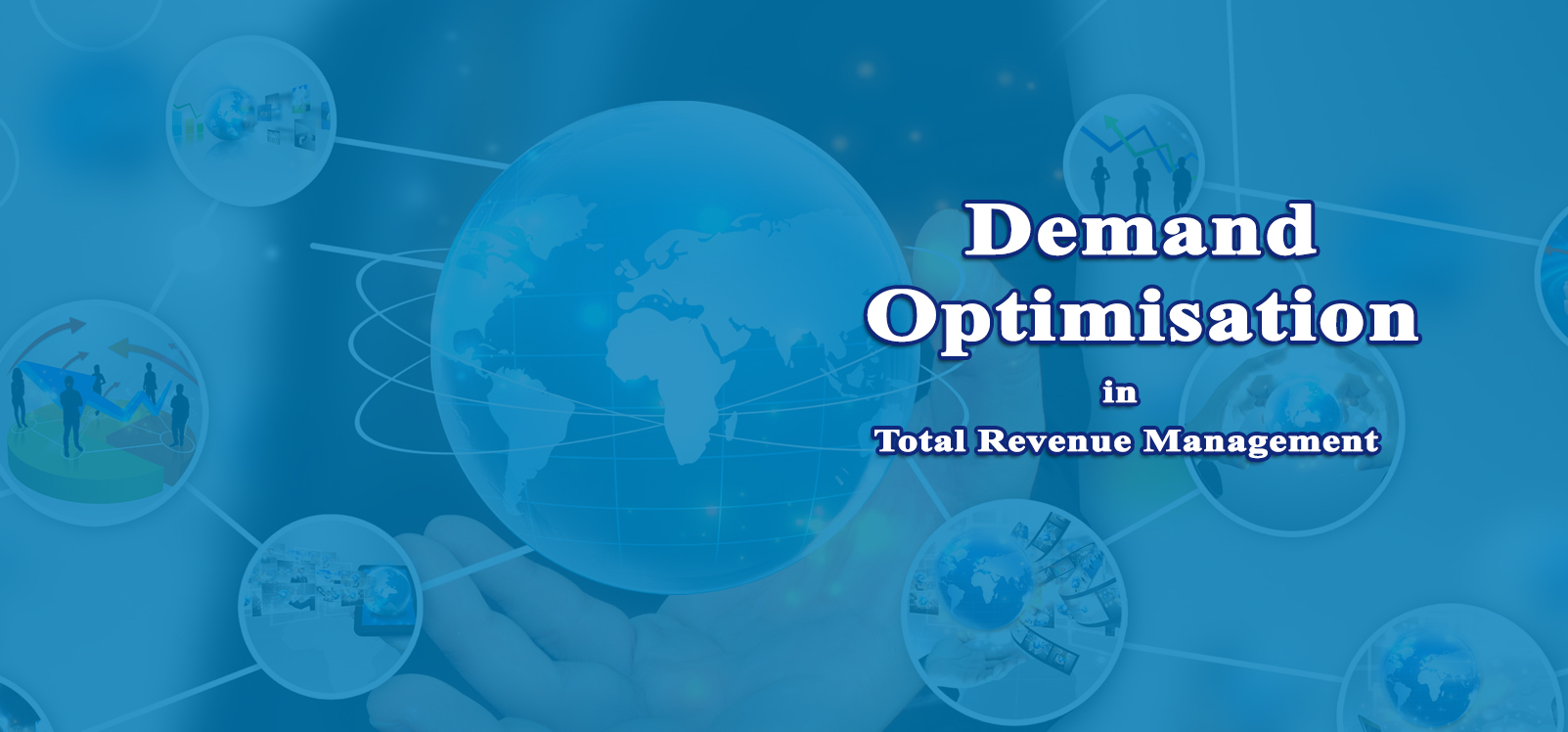
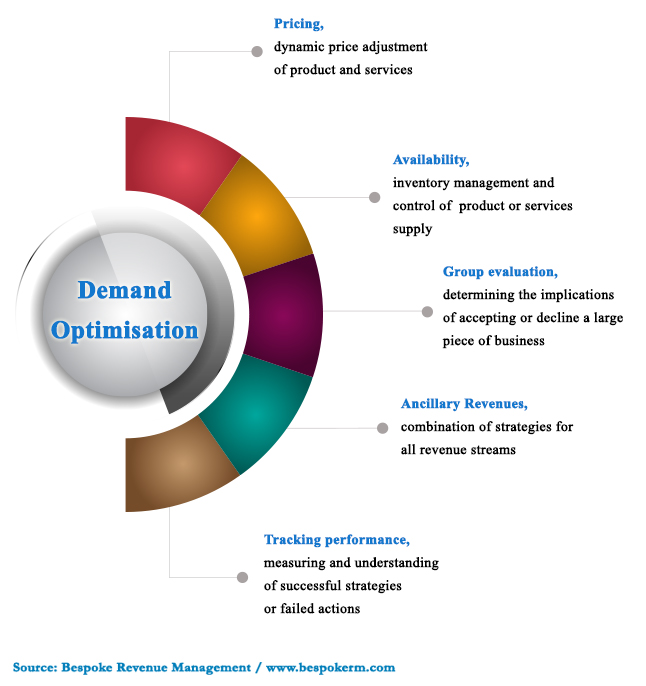
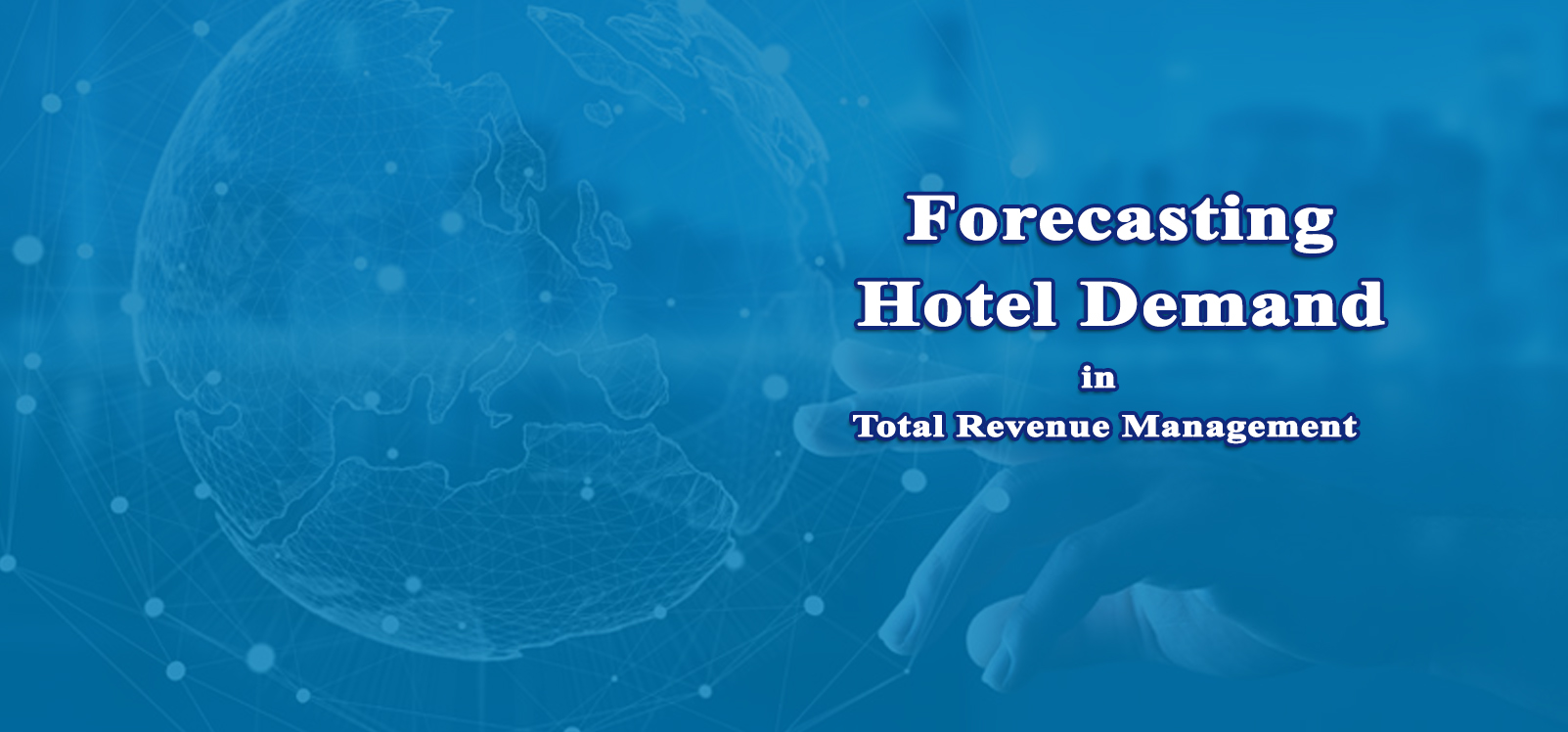

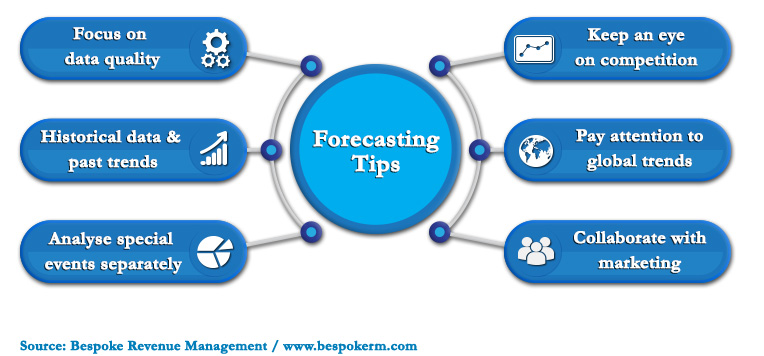

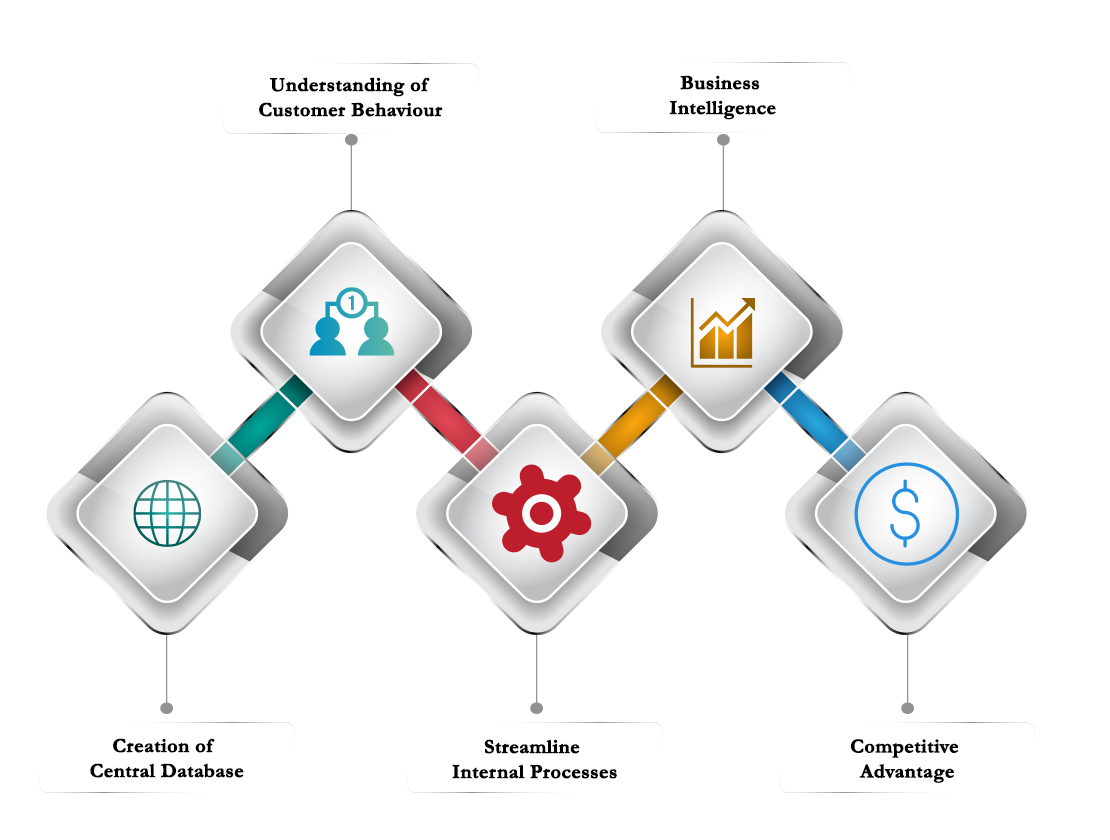
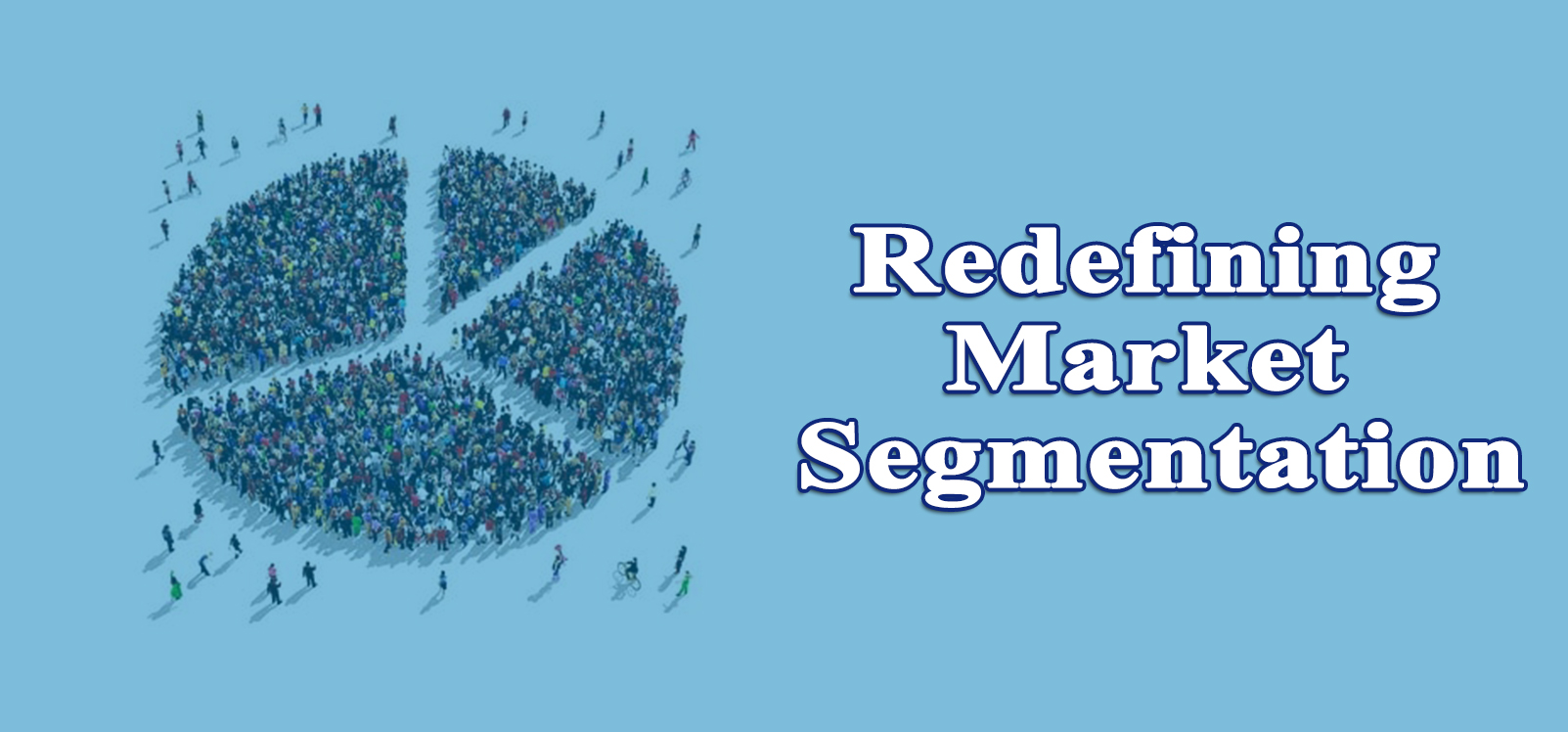


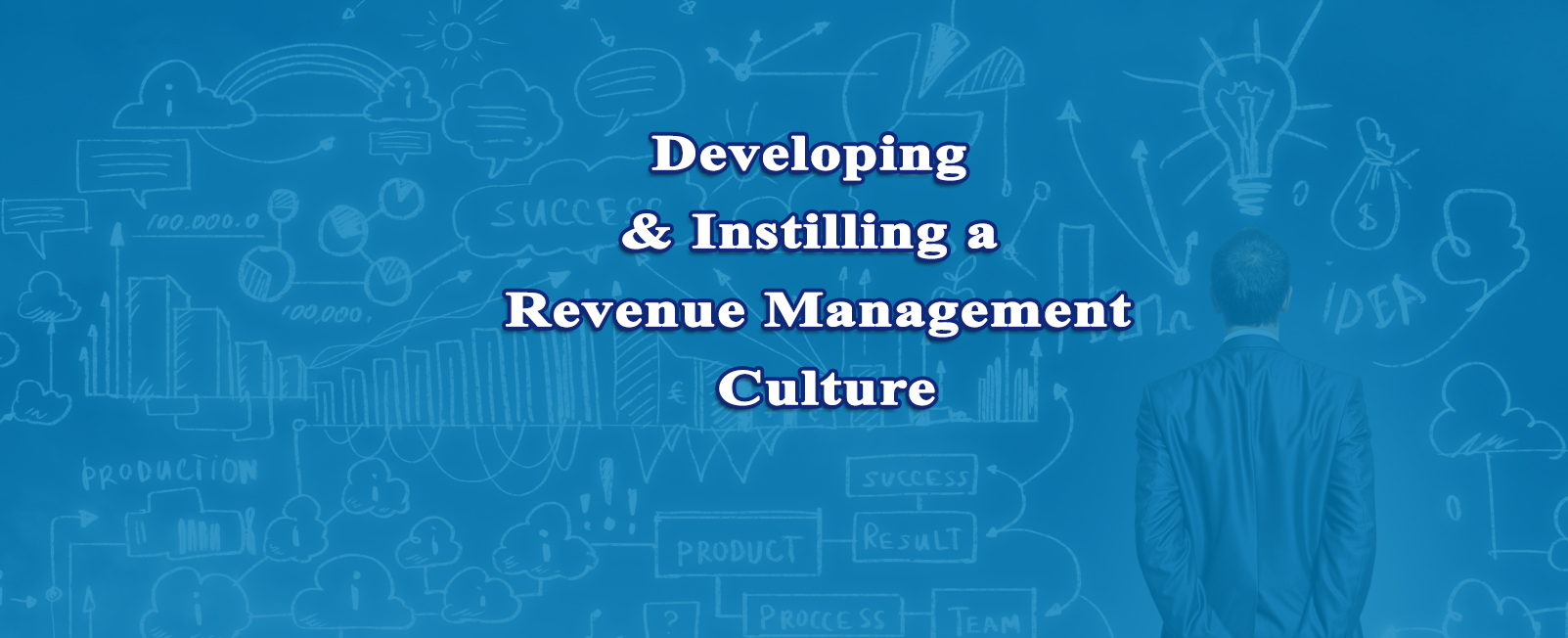
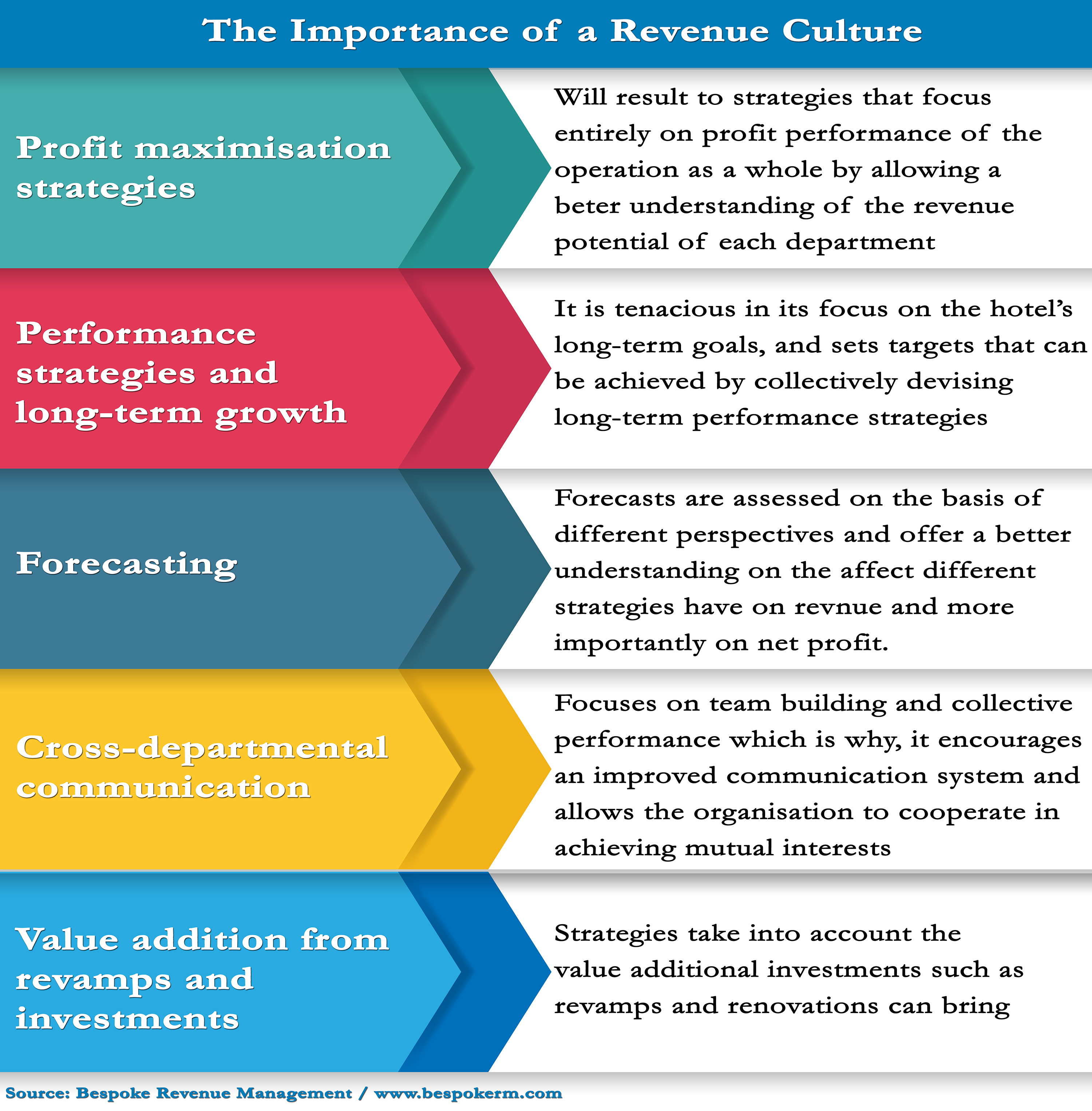

 It is a fact that over the last years, we have seen a growing need for traditional revenue management (RM) to evolve from having sole emphasis in maximizing revenue mainly from rooms, towards adopting a more holistic view and focusing on achieving profit maximization across the whole organization.
It is a fact that over the last years, we have seen a growing need for traditional revenue management (RM) to evolve from having sole emphasis in maximizing revenue mainly from rooms, towards adopting a more holistic view and focusing on achieving profit maximization across the whole organization.




